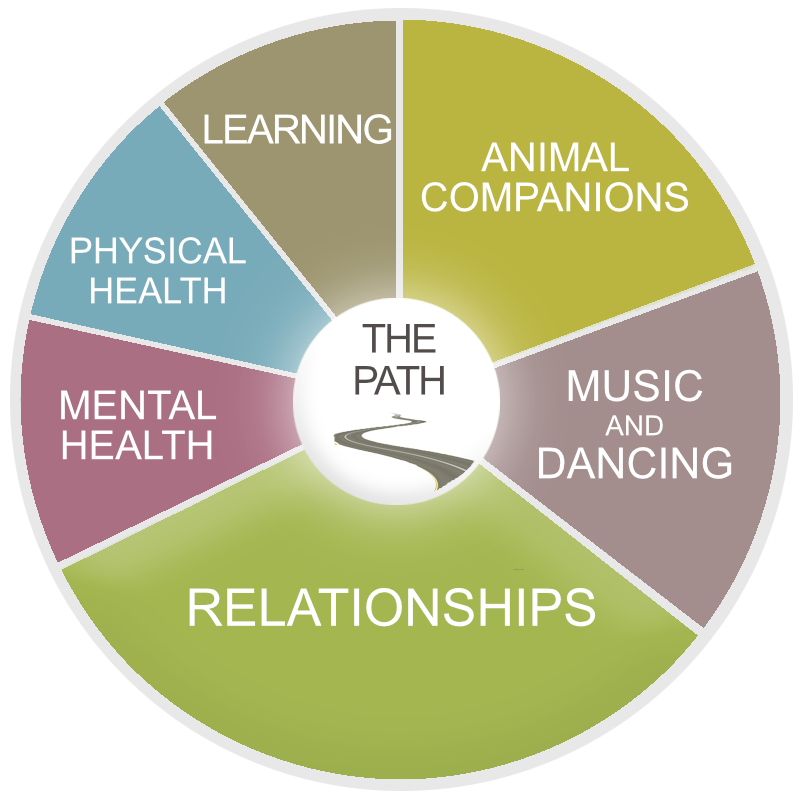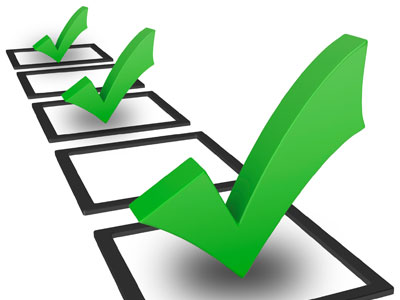Light Your Sparkle

Healing Wheel
Synopsis of Healing Wheel
 Healing encompasses many dimensions and points of intersection. Systems theory is a grounding theoretical approach in Casey's profession--social work-- because systems provide a holistic view of a person in their environment. We are all comprised of many individual parts that make up our own personal systems. We interact with these systems on a daily basis and we influence each other--everything is connected. There is power in knowing that it is possible to strengthen any aspect of the system and have a positive effect on the whole system.
Healing encompasses many dimensions and points of intersection. Systems theory is a grounding theoretical approach in Casey's profession--social work-- because systems provide a holistic view of a person in their environment. We are all comprised of many individual parts that make up our own personal systems. We interact with these systems on a daily basis and we influence each other--everything is connected. There is power in knowing that it is possible to strengthen any aspect of the system and have a positive effect on the whole system.
The Healing Wheel includes 3 categories that are at the core of healing: Physical, Emotional, and Joy. These categories are broad and encompass ANYTHING that impacts your healing process--positively or negatively. The Healing Wheel demonstrates how healing is not just one part--it is many! Knowing which parts comprise your own Healing Wheel while exploring new parts to expand your Healing Wheel, is an important step towards health.
 Healing encompasses many dimensions and points of intersection. Systems theory is a grounding theoretical approach in Casey's profession--social work-- because systems provide a holistic view of a person in their environment. We are all comprised of many individual parts that make up our own personal systems. We interact with these systems on a daily basis and we influence each other--everything is connected. There is power in knowing that it is possible to strengthen any aspect of the system and have a positive effect on the whole system.
Healing encompasses many dimensions and points of intersection. Systems theory is a grounding theoretical approach in Casey's profession--social work-- because systems provide a holistic view of a person in their environment. We are all comprised of many individual parts that make up our own personal systems. We interact with these systems on a daily basis and we influence each other--everything is connected. There is power in knowing that it is possible to strengthen any aspect of the system and have a positive effect on the whole system.
The Healing Wheel includes 3 categories that are at the core of healing: Physical, Emotional, and Joy. These categories are broad and encompass ANYTHING that impacts your healing process--positively or negatively. The Healing Wheel demonstrates how healing is not just one part--it is many! Knowing which parts comprise your own Healing Wheel while exploring new parts to expand your Healing Wheel, is an important step towards health.
Physical
 We are most accustomed, as a society and through traditional medical models, to focus on the Physical category. This includes our symptoms, experience of pain or discomfort, organs and body parts, and the types of information you might discuss with your physician or healer. This is similar to the outer layer of the onion--it is what most of us can see, touch, or easily describe. For many of us, we are most comfortable talking about and exploring this category--there is a tangible quality to it (less confusing or abstract). Television programs, magazines, and social media are rich in physical content--the "how to" lists most of us have scanned from time-to-time
We are most accustomed, as a society and through traditional medical models, to focus on the Physical category. This includes our symptoms, experience of pain or discomfort, organs and body parts, and the types of information you might discuss with your physician or healer. This is similar to the outer layer of the onion--it is what most of us can see, touch, or easily describe. For many of us, we are most comfortable talking about and exploring this category--there is a tangible quality to it (less confusing or abstract). Television programs, magazines, and social media are rich in physical content--the "how to" lists most of us have scanned from time-to-time
The Physical category includes:
- What is autoimmune disease?
- Physical symptoms that accompany autoimmune disease
- Perspectives on the cause of autoimmune disease and illness in general
- Approaches that help reduce physical symptoms
- Lifestyle (diet, stress, exercise)
- The impact of trauma and injury on health
- Education and knowledge-understanding and knowing how to apply information to your own body is critical to healing
- Environmental influences: poverty, economic background (rural versus metropolitan)
- Family history
- Support systems-peers, family, sense of belonging to a group or community
- Child Development
Emotional
 The Emotional category is much more invisible or "behind the scenes of illness." Unless one is outwardly crying, yelling, or laughing, it is not as obvious. The Emotional category is all about our thoughts, beliefs, feelings, and sensations. It includes our self-perception, self-esteem, views of the world, and a sense of who we are (Do I fit in? Do I like myself?). Our physical health and emotional health are intricately connected--our emotions can worsen or improve physical symptoms. Emotions can even CAUSE physical symptoms.
The Emotional category is much more invisible or "behind the scenes of illness." Unless one is outwardly crying, yelling, or laughing, it is not as obvious. The Emotional category is all about our thoughts, beliefs, feelings, and sensations. It includes our self-perception, self-esteem, views of the world, and a sense of who we are (Do I fit in? Do I like myself?). Our physical health and emotional health are intricately connected--our emotions can worsen or improve physical symptoms. Emotions can even CAUSE physical symptoms.
The Emotional category includes:
- What is it like on a day-to-day basis to live with autoimmune disease?
- How is your experience different or the same as others?
- How does stress influence your mood?
- Anxiety, fear, anger, peacefulness and hundreds of other emotions
- What are your beliefs about illness?
- What do you believe caused it? What makes it better, or worse?
- What do you not share or show to others about illness? Is there shame, guilt, disgust?
- How does illness serve your life in a positive way? What is its purpose?
- How are mood and emotions influenced by the environment and people in your life?
- What gives you hope? Joy?
- Memories and sensations and feelings associated with them? Pleasant and unpleasant?
- What are some things you don't want to think about or choose to forget?
- Do you feel supported with your illness? What makes you feel supported?
- Treatment options focused on addressing the impact of emotions/trauma on health-this includes traditional psychotherapy and alternative approaches
Joy
 This category is the deepest layer of what makes you who you are. It includes all of the things that give you happiness, passion, hope, purpose, and zest. Spirituality, religion, cultural values and tradition fall into this category.
This category is the deepest layer of what makes you who you are. It includes all of the things that give you happiness, passion, hope, purpose, and zest. Spirituality, religion, cultural values and tradition fall into this category.
The Joy category includes:
- Hobbies and extracurricular activities
- Pets
- Music
- Dance
- Art
- Creative inspirations
- Things you crave (even if they aren't in your best interest)
- Things that comfort you
- Ways to optimize inner peace (meditation, yoga, movement)
- Relaxation
- Volunteer activities
- Friends, Family, Loved ones
- Community involvement
- Learning and growing
- The quest for self-purpose
- Spirituality and religion
- Hopes, wishes, dreams...
The Healing Process: Hope, Empowerment, Integration
1) Hope
 Without HOPE you don't have anything. You have to believe circumstances can change and life will get better.
Without HOPE you don't have anything. You have to believe circumstances can change and life will get better.
To feel better and endure the trials and tribulations of chronic illness it is essential to find and hold onto hope.
Hope is feeling like:
- "There is a light at the end of the tunnel."
- "Good will come. Things will change."
- "Nothing stays the same."
- "If you are at the 'bottom' there is no way but 'up' to go."
- "I can do this."
- "I deserve to heal--I am worth it."
- "When one door closes another opens."
- "I may not have found what I need in this moment...but when it arrives I will know, AND IT WILL ARRIVE."
"True healing starts when you believe an expert.
That expert is YOU!"
2) Empowerment
 Empowerment is the essence of being "ME" and everything that represents me. I confidently use my voice to self-advocate and meet my needs.
Empowerment is the essence of being "ME" and everything that represents me. I confidently use my voice to self-advocate and meet my needs.
You are an Expert in You
No one can ever know more about you than you know about yourself. So, why do we surrender what we know about ourselves--our intuition, gut instincts, known history, and beliefs--to medical institutions, physicians, and statistics?
No one has a greater investment in the outcome of your life than YOU do
Commit to the Study of You
For some, empowerment means taking back ownership of their body, choosing treatment and interventions, honoring beliefs about health, and exercising the freedom to choose healers and physicians and fire them just the same. When you place yourself in the driver's seat of treatment, you are empowered. When you acknowledge that you are a consumer who needs services from a professional, you should not assume that you know less than the professional. As a consumer, you have much to contribute to the process. You live with YOU, so you actually know yourself best. You know what has worked in the past, what you fear, what you don't believe is right for your body, what harms you, and the life history that is intricately woven into your mind and body to create who you are today--the health and the illness.
 Empowerment Checklist
Empowerment Checklist
- Interview my physicians and healers to be sure they are a fit for me
- Be sure healers ask me for my input about treatment
- Be seen as a whole person, not individual parts
- Feel safe enough to say NO if I don't want a certain type of treatment
- Ask me what I think about illness and why I believe I am sick--get to know me
- Ask me what I need to get better
- If a power struggle is a result of me expressing my needs, then this physician is not a fit for me
- Work with me rather than against me: I should feel supportive and heard
- Please don't treat me like a statistic--I am my own statistic
- Treat me like I am an expert in myself--ask me what I know
- Physicians and healers may fire me, and I empower them to do so
3) Integration
![]() Understand that Everything Connects to Everything Else.... So, Make YOUR Connection!
Understand that Everything Connects to Everything Else.... So, Make YOUR Connection!
Healing is never a one-size-fits all.
There are hundreds of protocols available for various illnesses and each person responds to a healing protocol in their own way. Just because one person responds positively to a treatment method doesn't mean you will. On the other hand, you may respond to something that others do not. It is fundamental that you find a protocol that is uniquely yours and that includes all dimensions of healing. We tend to overly emphasize physical healing at the expense of emotional. This is unfortunate because true healing cannot happen unless there is acknowledgement of both.
Casey uses the concept of the Healing Wheel, which includes three integrated categories. This healing method has been crucial in helping her with the daily struggles of living with an autoimmune condition, Crohn's disease. Use her examples to personalize these categories and design YOUR Healing Wheel.
Physical • Emotional • Joy
Physical: Functional medicine physician and other healers on my team, dietary changes, adding nutritional supplements
Emotional: Participation in psychotherapy to address how trauma impacts the disease process and how stress impacts the immune system
Joy: Playing the piano, supportive relationships, ballroom dancing, and the unconditional love of a pet
